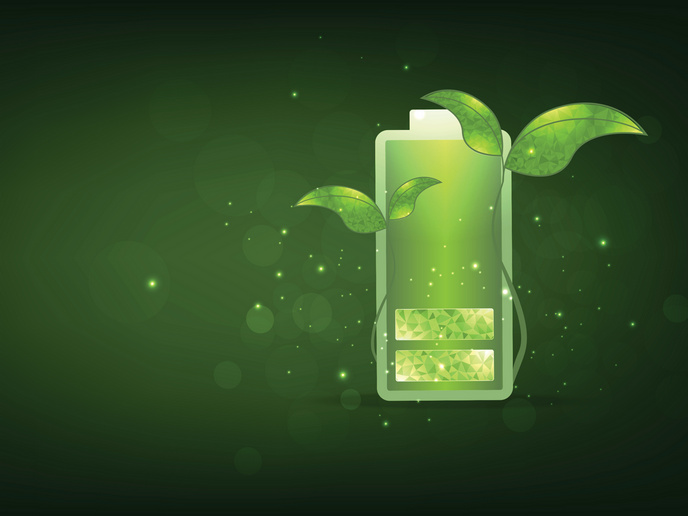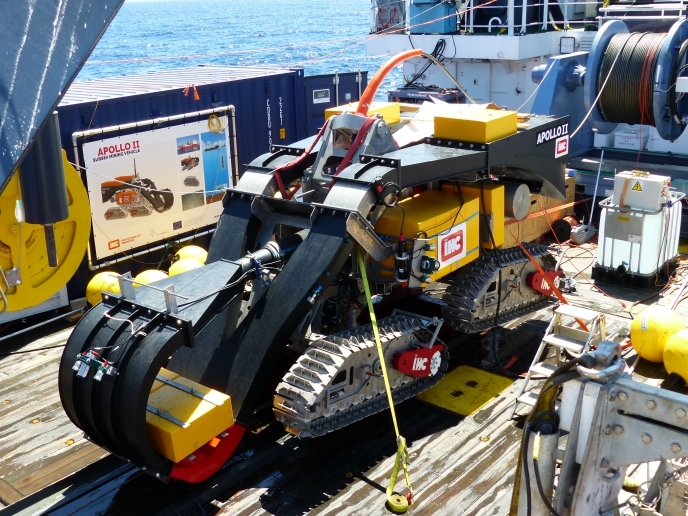Optimising processes for hydrogen separation
Separations are widely used in the chemical industry for purification of the feedstock and removal of impurities from a mixture. Basically, separation is used to improve process efficiency yet, most separation processes display a poor thermodynamic efficiency, particularly distillation. As modern industry moves towards sustainable growth and development, a new, more efficient separation technology which is more environmentally friendly has to be realised. Furthermore, the development must be readily applicable and available. Due to improved efficiencies and huge energy/cost savings, membranes constitute a good alternative to distillation. Membranes have the potential to be used in many processes, including pervaporation, dehydrogenation reactions, water gas shift reaction and steam reforming. Urged by this, the CERHYSEP project focused on a membrane/membrane module toolbox for hydrogen separation from various process streams within the (petro)chemical industry. Hydrogen may be derived with the aid of the water-gas shift reaction in combination with catalytic partial oxidation or steam reforming. This innovative technology can be employed in numerous useful applications even under harsh environments. Most importantly, it may be exploited to promote the eco-friendly hydrogen-based economy, i.e. hydrogen-based fuel cells. The assessment of the technical and economic potential of employing membranes and membrane reactors in processes requires time-consuming and costly experimentations. In order to minimise these experiments, project researchers propose to use process engineering and flow-sheeting calculations for a rapid and effective assessment. A wide range of tools has been developed, from an MS-Excel spreadsheet to flow-sheeting package ASPEN+ with new codes implemented. The new codes provide descriptions of the membrane and reactor performance as well as combined heat and mass transfer for dehydrogenation and water gas shift reactions. The sophisticated toolbox has already been successfully tested in the evaluation process of several different processes. The models used are easily extendable to include other types of reactions, such as steam reforming and esterification reactions. For more information on the project, click at: http://www.sintef.no/cerhysep/partnerschs.htm







